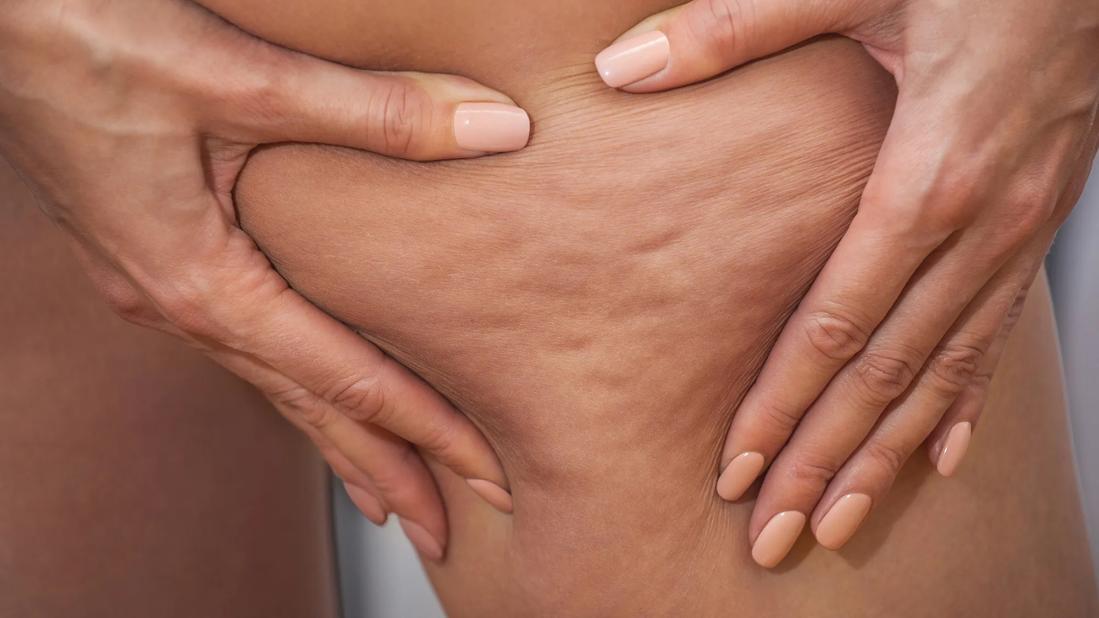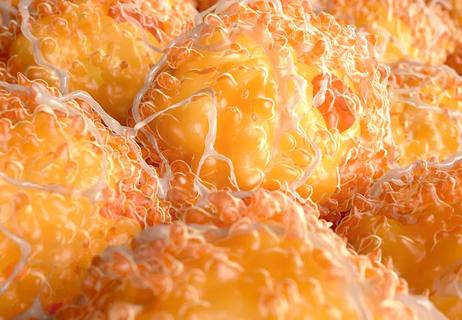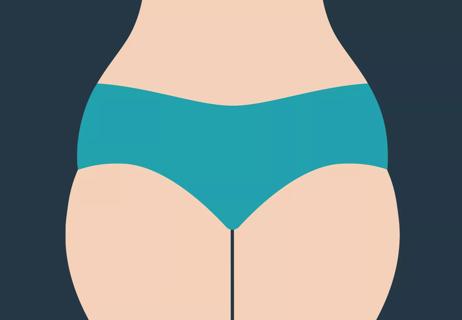Some treatments may temporarily reduce the appearance of puckered and dimpled skin

You may start to notice cellulite — the puckered and dimpled skin that shows up most commonly on thighs, hips and buttocks — as you age.
Advertisement
Cleveland Clinic is a non-profit academic medical center. Advertising on our site helps support our mission. We do not endorse non-Cleveland Clinic products or services. Policy
“We know that age, heredity and lifestyle choices can predispose someone to getting cellulite,” says dermatologist Shilpi Khetarpal, MD.
Women are more likely than men to experience cellulite (less than 10% of men have cellulite).
When it comes to how to get rid of cellulite, there isn’t a proven method to permanently remove or reverse the skin condition. But there are some ways to temporarily minimize its appearance.
People of all shapes and sizes can have cellulite. While there’s nothing you can do to get rid of cellulite, there are things that might help you avoid or limit it.
Having a sedentary lifestyle where you sit around a lot can contribute to the formation of cellulite.
Dr. Khetarpal suggests exercising regularly (think running, cycling and resistance training). This can increase your overall muscle mass and improve blood flow, both of which can help with the appearance of cellulite.
Certain habits, like eating processed foods and foods high in fat and refined sugars, can increase your risk of cellulite. A diet high in calories, carbs, preservatives and salt can also lead to more cellulite.
Instead, focus on a well-balanced diet of fruits, vegetables, lean protein and whole grains.
Advertisement
Some spas offer vigorous massage in areas where you might have cellulite. This can increase blood flow and reduce excess fluid. Other options can include dry brushing or cupping. There are claims that using a massage gun or a foam roller may also help.
But there’s no scientific evidence that these treatments will be successful. Any improvements you may see won’t last, says Dr. Khetarpal. Most at-home therapies and spa treatments only diminish the dimples for several hours after treatment.
A doctor may recommend options to temporarily reduce the appearance of cellulite, like acoustic wave therapy or laser treatments.
The U.S. Food and Drug Administration (FDA) has also approved a couple of procedures, including Cellfina® and Cellulaze™. The results of these procedures have been shown to last for more than three years.
“These minimally invasive interventions aim to eliminate the fibrous cords pulling down on the skin,” explains Dr. Khetarpal.
There’s no magic solution to eliminating cellulite. Once it’s there, it’s difficult to get rid of. And it doesn’t always respond well even if you adjust your diet or get more exercise.
Plus, there isn’t any scientific proof that creams with caffeine and retinol work to permanently reduce cellulite. In fact, Dr. Khetarpal says some have ingredients that can cause adverse skin reactions, so use caution if you decide to try them.
It’s important to do your homework, especially if you’re considering one of these longer-lasting solutions. Talk to a healthcare provider or dermatologist and investigate your options, including those that are FDA-approved.
“There are minimally invasive options to treat cellulite that you can discuss with your dermatologist, but for optimal results, it’s best to exercise regularly and maintain a healthy BMI,” reinforces Dr. Khetarpal.
Advertisement
Learn more about our editorial process.
Advertisement

Visceral fat surrounds your organs and can be more detrimental to your health

Fat exits your body in your breath, pee and sweat

Weight gain is natural as we age — but it can be cause for concern

Seeing double (chins) when taking selfies? From exercises to surgery, you can reduce or eliminate chin fat, but there’s no overnight solution

Discover why one kind of fat can be fatal

The short answer from a medical weight management expert

It’s commonly mistaken for obesity

It helps to take a long-range view

The ‘sunshine vitamin’ is found naturally in some fish and is added to other foods

Autism and ADHD often go hand in hand, giving rise to the term AuDHD

The Yuzpe regimen is less effective than other forms of emergency contraceptives, and it’s associated with more side effects